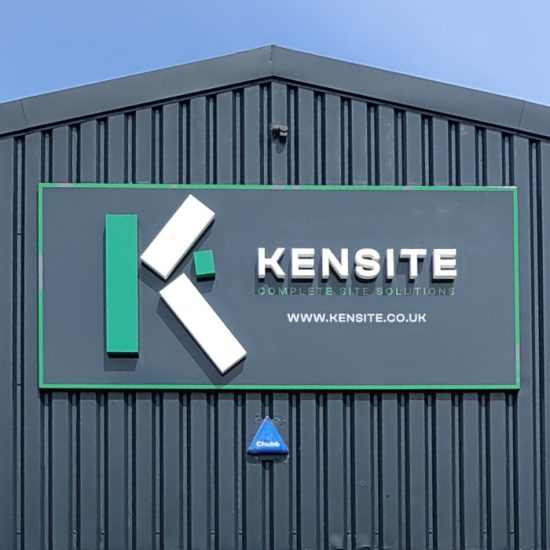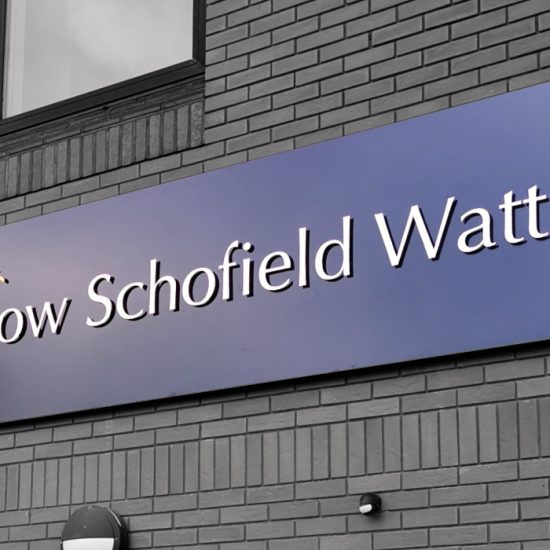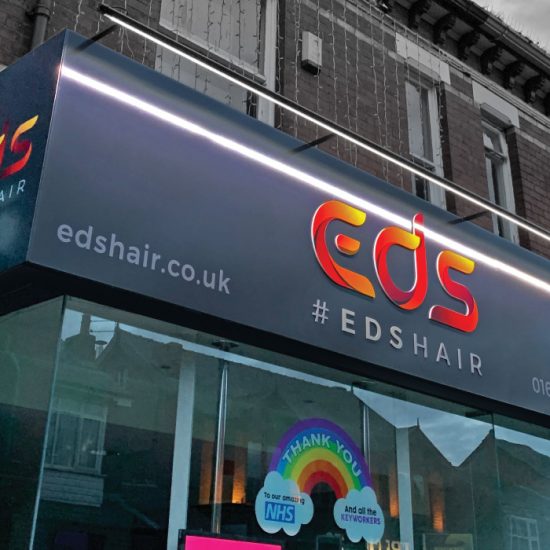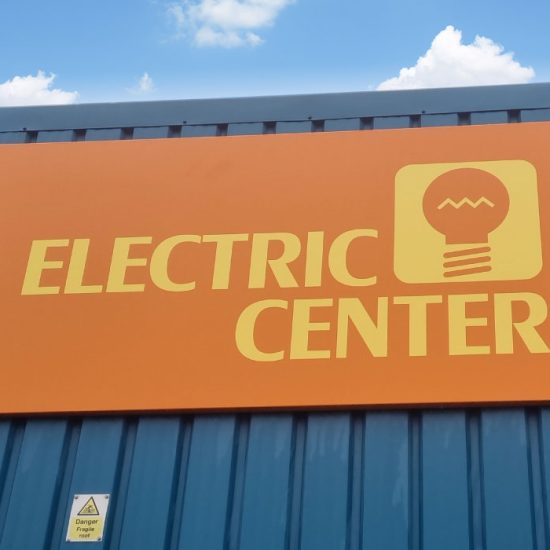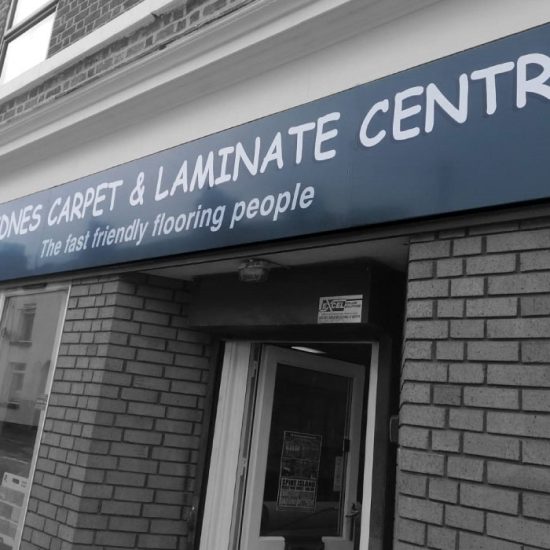Sign Trays: Versatile Solutions for Eye-Catching Signage
Sign trays, also known as box signs or panel signs, are versatile and effective solutions for creating eye-catching signage.
Call us on 0161 776 0527…
These signs consist of a hollow box structure with a front face, often made of aluminium, acrylic, or composite materials. Sign trays offer a sleek and professional appearance, making them suitable for a wide range of applications, from storefronts and offices to restaurants and event venues. In this guide, we’ll explore the features, benefits, and uses of sign trays in signage design.
Features of Sign Trays
Sign trays are constructed with a hollow box structure, providing stability and durability while keeping the sign lightweight. The box structure also allows for the installation of lighting components for illuminated signs. The front face of a sign tray is typically made of a rigid material such as aluminium composite panel (ACP), acrylic, or polycarbonate. This front face serves as the canvas for signage graphics, logos, and lettering.
1. Customizable Design Sign trays offer flexibility in design, with options for custom shapes, sizes, and finishes. They can be tailored to match a brand’s colours, fonts, and aesthetic preferences, allowing for unique and personalized signage solutions.
2. Illumination Options Sign trays can be illuminated using various lighting methods, including LED modules, fluorescent tubes, or neon tubing. Illuminated sign trays enhance visibility, especially in low-light conditions or at night, attracting attention and making the signage stand out.
3. Weather Resistance Sign trays are designed to withstand outdoor elements, including sunlight, rain, and wind. The materials used in sign tray construction are weather-resistant and durable, ensuring long-lasting performance in outdoor environments.
CMYK Printing
Pantone Matching Service
720dpi Printing
Print and Cut Technology
Gloss or Matt Laminate
Large and Short Runs


